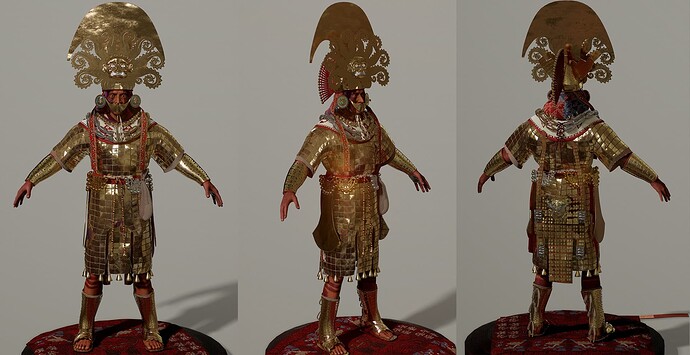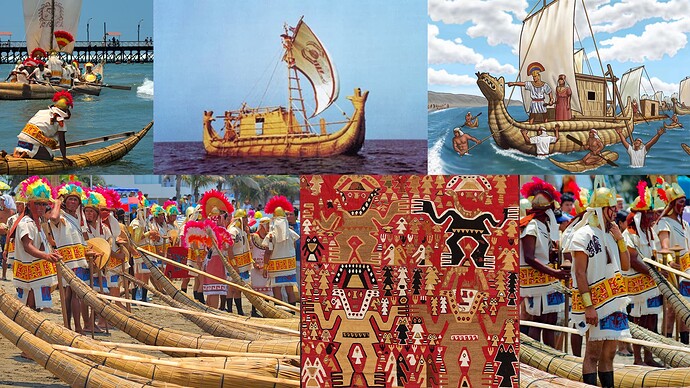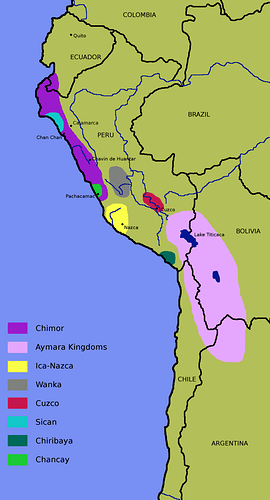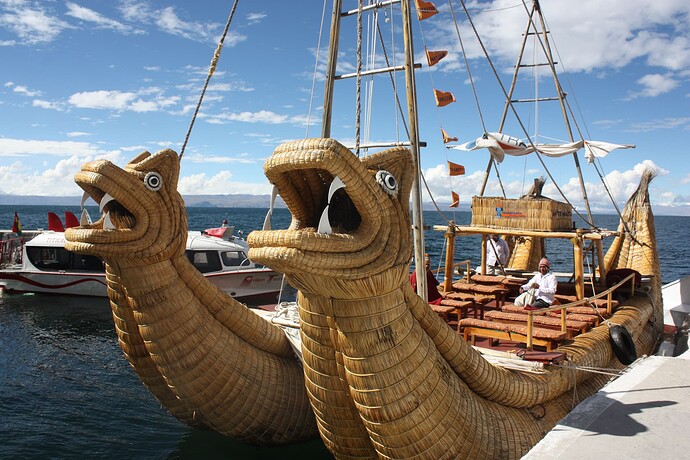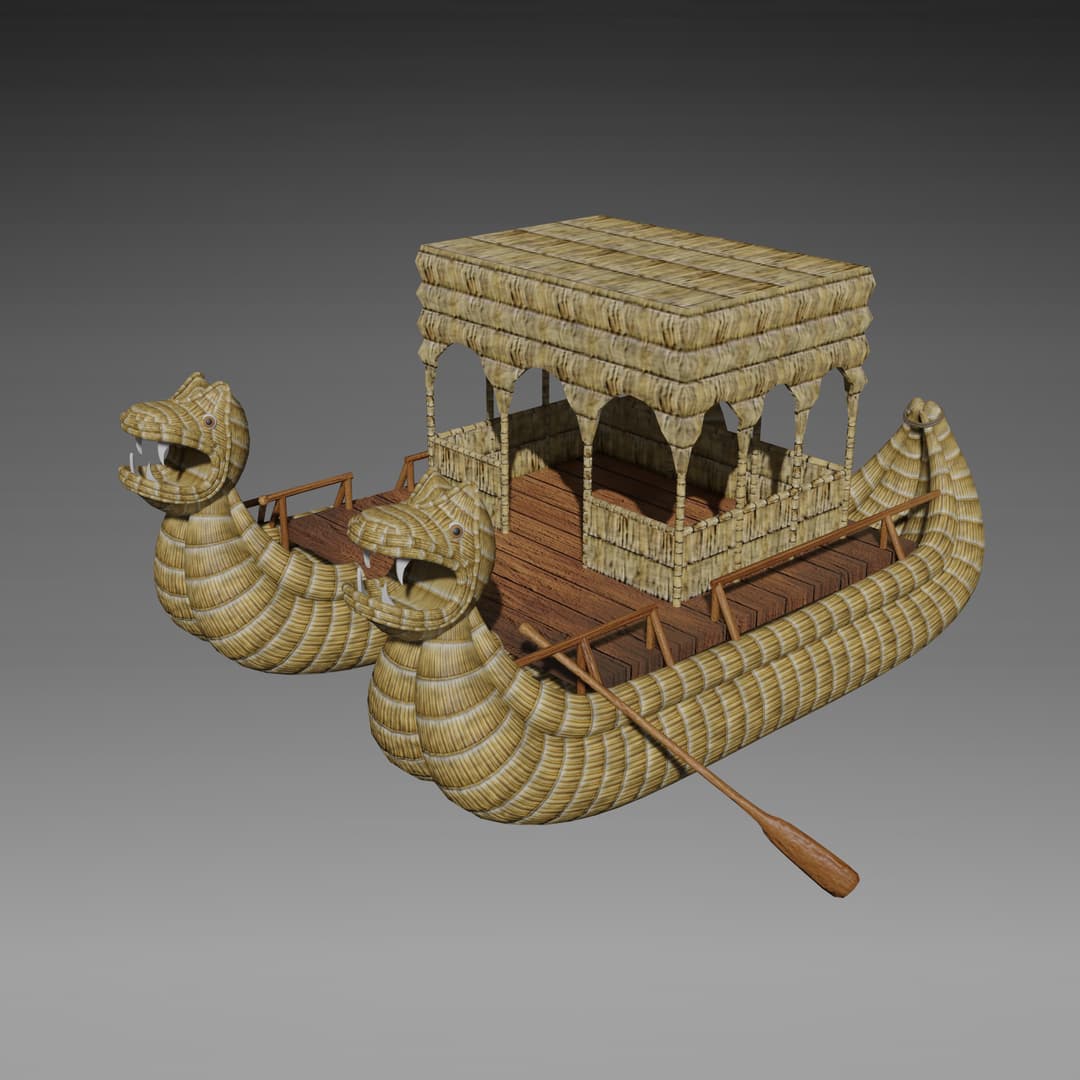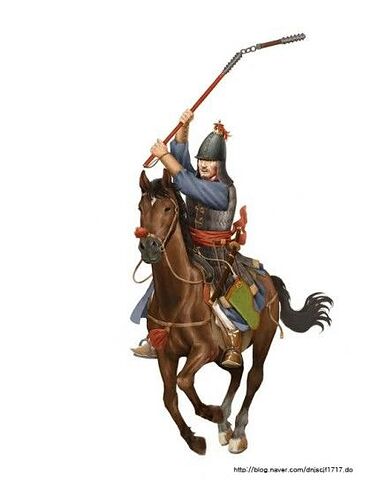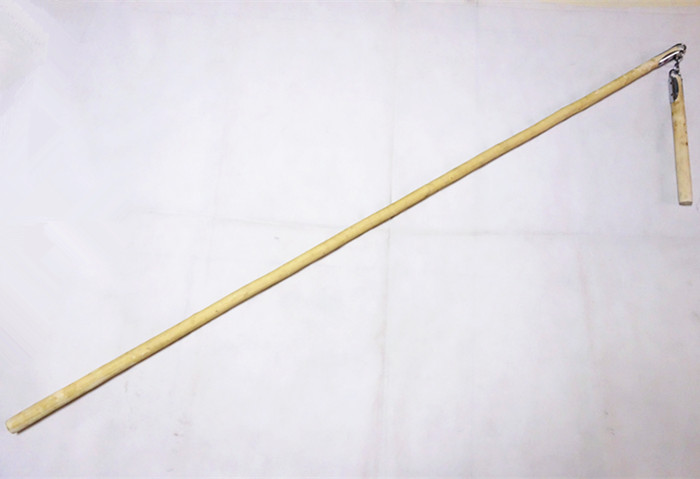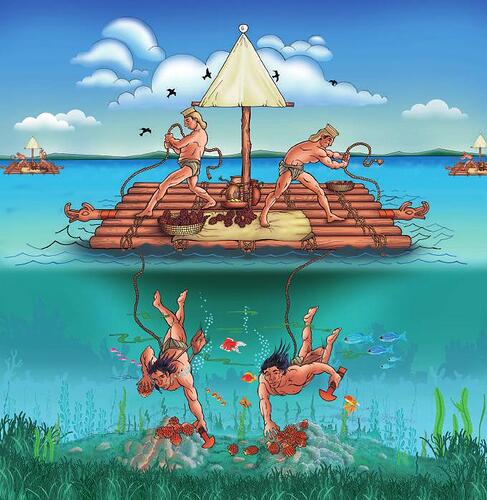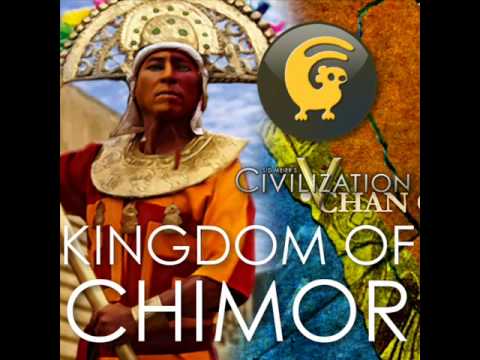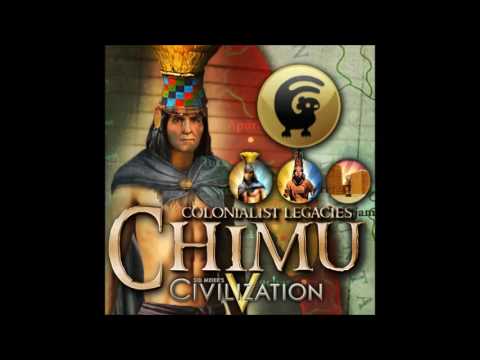ah so these are easier to calculate i guess?
how often does this eclipse happen
I do not know, but because astral body movements are so precise and stable, I do know that eclipses happen at regular intervals, and can even be predicted or backtracked.
Unfortunately, Astronomy is not one of my strengths.
Incase you didnt see burgundy and normans are already added with a DLC.
Also these are medieval kingdoms who would make much better options than north american natives.
Well, the Byzantines and Vikings didn’t call themselves that either, but they are still called that in game because that’s what historians (or people in general) call them today
By the way, the fact that we have to speculate when the Haudenosaunee lived is a testament to how much of a stretch they are to add to the game, they were primitive and so far removed from other civilizations that we don’t have a good record of them in the AoE2 timeframe, why add a civ that we have very little information about from the relevant timeframe to the game?
Changes:
Why the Chimu empire?
-Among American civs: The Aztecs’ role is offensive infantry and monks. The Mayans’ role is offensive archers. The Incas’ role is counter units.
The Chimu could take the defensive infantry and navy role.
-Ships +X% attack per age.
Imperial maceman: Fast heavy infantry that gains max. hit points for every kill (+X HP per kill, only stacks Y times).
-Fish traps provide +X% food.
-Fishing ships +X carry capacity.
Architecture: Coastal South American (Adobe and stone. But it should look like Ethiopian and Malian architecture).
Thanks to google translate: extra info about Chimu kings and emperors.
Images
Regarding the names of the possible leaders, the kings of the Lambayeque Civilization (also called “Sicán”) can also be taken into account because this culture is also heir to the Moche Civilization and developed in parallel to the Chimú civilization. The Lambayeque resisted a war of almost 50 years against the Chimú, at the end of the war the Lambayque ended up annexing the Chimú and provided them with their technological and metallurgical advances.
Priest-Kings who ruled the Lambayeque kingdom:
1st Naylamp
2nd Cium
3rd Escuñain
4th Mascuy
5th Cuntipallec
6th Allascunti
7th Nofan nech
8th Mulumuslan
9th Llamacoll
10th Lanipat kum
11th Acunta
12th Fempallec
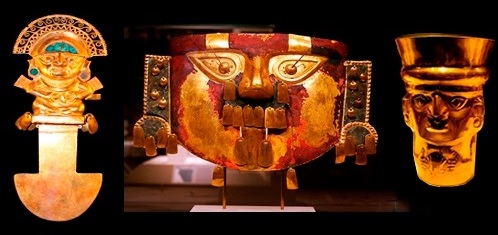
Chimu conquered Lambayeque or Sican
Let’s use only Chimu leaders to avoid confusion. 9 AI leaders are enough.
About the size: Chimu encompassed 1,000-1,300 kilometres (620 mi) of coastline. According to archaeologists Jerry D. Moore and C.J Mackey, the Chimu empire covered an area of 195,000-200,000 km2. The archaeologist Federico Kauffmann Doig suggests Chimu art and culture expanded beyond its borders, in the same manner the Chinese dynasties influenced Korea and Japan, because textiles portraying Chimu-like iconography were found in the north of Ica.
That is understandable.
There is another issue that strikes me, the Chimú ships have the “head of an animal”, possibly a snake. It would be interesting to add them to the collection of ships (UU) with “animal heads” such as the Longboat (Dragon Ship in Spanish) and the Turtle Ship.
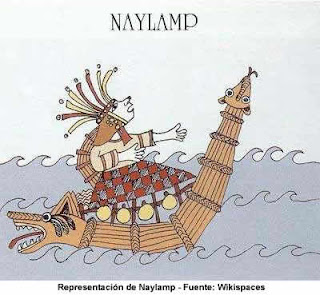
It would be more special to give Jurchens Chain Whip Cavalry as UU.
It is like Iron Flail from AoE3, which has a short range and able to attack all the units on the path similar to the scorpion. In the fact, the nine section whip is good at break the shieldmen, becoming the common weapon used by people in the northern China, including Jurchen and Manchu horsemen.
In the other hand, Tiefutu may be suitable to be UT for improve the knight line, especially Jurchens may be the only east Asian civ which has the paladin.
I would keep crossbow cavalry for Khitans since it was recorded by Chinese that Liao army used heavy crossbow cavalry troop, instead of Jurchens or Jin army.
About Siamese, I would like to give it unique monk which ride the white elephant.
Sorry for off-topic. Though I am not really support Chimu since I would more like Muisca or Mapuche to be next American civ, but I still appreciate people talking about it.
Chimu, Muisca and Tarascans they are the strongest candidates for new civs from the Americas.
This could be due to commercial contact, both by sea and by land.
A curious case is that both the Mayans, Chimú and Chincha used the Spondylus as “currency of exchange” considering it “red gold”.
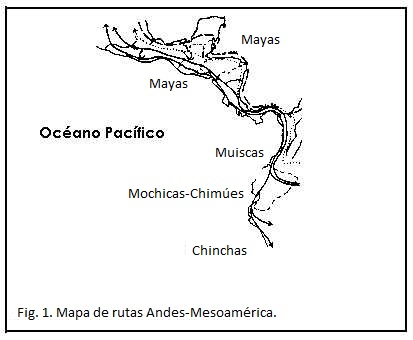
As an additional fact, mentioning the “Totora Ships” reminded me of the “RA II” expedition that crossed the Atlantic Ocean in the 80’s.
(Spanish)
Well, it was called a flail, not a chain whip. And it was not unique to the Jurchens, it had been used by the Tanguts, the Song, the Mongols, the Ming, and the Joseon Koreans. And it didn’t have nine-sections, the horseback flail used in medieval East Asia mostly had 2 sections, with 3 sections being the upper limit. The nine-section whip was a much later invention and it was not a military weapon but used solely for martial art performances.
Flails recorded in Wujing Zongyao, a 11th century Song era military treatise
Joseon cavalryman armed with a flail
Modern replica
Jurchen’s most renowned weapon was their bow and arrow. According to some Song and Ming records that I’ve read, the Jurchen bow doesn’t shoot very far, but was very accurate and had a strong penetration. That’s the reason why I designed the Tiefutu as a cavalry archer that ignores enemy pierce armor.
AFAIK, there’s nothing that indicates the Khitans were using crossbows on horseback. The only ancient Chinese painting that I’ve seen depicting crossbow cavalry was a Song era painting depicting a Song imperial procession, it was a parade and not an actual battle.
The Siamese arose around the 13th century and were most active in the 15th-16th centuries, so I don’t think giving them a gunpowder elephant would be that out of context.
The flail hold by the Iron Flail is similar to the nine section whip more, which used by Manchu banner cavalries in the late Ming and early Qing period, record by Chinese folks. Anyway, no matter the “flail” you recognized or the “chain whip” I stated, they all are called “鞭” (“whip”) in Chinese as a sort of traditional Northern Chinese weapon instead of a particular weapon. The page of 武經總要 you posted also classed it as 鞭棍 (“Whips and Cudgels”).
In this view, what we wanna state are probably just the same thing. I just name this unit Chain Whip Cavalry, then you name it Flail Cavalry. The horsemen of each ethnic group lived in the Northern China used them, Korean armies were influenced too. It is not an unique weapon of course, but look to the Camel Archer, War Elephant, etc., the UU is not limited by the definition that it must be used only by the people of that civ. I recommend it to be Jurchen UU for its special attacking mechanism I stated. Jurchens had used it and now it is worth being the unit.
All Chinese historical records about 鐵浮屠(“Tiefutu”) I studied show that they were heavy armored elite cavalry troop who was responsible for charging at the front, just like the crusader knight of the West. The bow rider in the Jurchen army is called 拐子馬, perhaps what you stated, but I consider they are fine to be represented by regular full-upgraded cavalry archers. Maybe, the UT “miŋgan moumukə” could make the cavalry archer cost less gold.
BTW, cavalry archer + ignoring armor seem over powerful.
The Song army developed the cavalry crossbow by themselves. It was not their major weapon actually, however it still had been used by Song cavalries in the battle.
In the other hand, the elite heavy cavalry troop 鐵林軍 (“The Iron Forest army”) had been recorded by the Chinese that they used the crossbow. Even if there are few records for the equipment of the Liao army, people believe that they bought the crossbow from Song.
《宋史·太宗紀一》:「己亥,幸新城,觀鐵林軍人射強弩。」
It is really hard to find English descriptions for them, maybe you can refer to this website.
Don’t worry. The white elephant monks I suggested are trained at the monastery, not the castle unit.
The flail hold by the Iron Flail is similar to the nine section whip more, which used by Manchu banner cavalries in the late Ming and early Qing period, record by Chinese folks. Anyway, no matter the “flail” you recognized or the “chain whip” I stated, they all are called “鞭” (“whip”) in Chinese as a sort of traditional Northern Chinese weapon instead of a particular weapon. The page of 武經總要 you posted also classed it as 鞭棍 (“Whips and Cudgels”).
Yes, I understand that in Chinese it was called “whip” or “whip cudgel”, but in English such a weapon is called a flail, not a whip. To avoid confusion I translated it as flail and not whip.
Well, the only similarity between the nine-section whip and the medieval East Asian flail was that they were all chained weapons, but the similarity ends there. And AFAIK the nine-section flail was never a military weapon, it was a weapon for self-defense and for martial arts performances. It’s impossible to wield the nine-section whip on horseback, contrary to the two-section flail. If you believe that it was a military weapon, then please provide evidence to support your claim.
All Chinese historical records about 鐵浮屠(“Tiefutu”) I studied show that they were heavy armored elite cavalry troop who was responsible for charging at the front, just like the crusader knight of the West.
Well, yes, but I’ve also seen at least one record which stated that they were heavy siege infantry. Anyways, we already have the Boyars, the Paladins, and the Cataphracts, and if we make the Tiefutu according to your suggestion then it would simply be a repetition of those units.
BTW, cavalry archer + ignoring armor seem over powerful
Can be curtailed in several ways, such as making their speed slower, reload time longer, or more expensive to train.
The Song army developed the cavalry crossbow by themselves. It was not their major weapon actually, however it still had been used by Song cavalries in the battle.
Apart from the painting that I mentioned, there are no other records of their cavalry using crossbows.
In the other hand, the elite heavy cavalry troop 鐵林軍 (“The Iron Forest army”) had been recorded by the Chinese that they used the crossbow. Even if there are few records for the equipment of the Liao army, people believe that they bought the crossbow from Song.
《宋史·太宗紀一》:「己亥,幸新城,觀鐵林軍人射強弩。」
The passage you quoted only says that they shot crossbows, but doesn’t say they did it from horseback. It could very well be infantry crossbows, which were far more common.
I stated that Manchu army using 9 section whip during their conquer is a famous folk legend.
No matter whips or flails, it is special and unique to be made as the unit.
That is also good if the flail cavalry could be introduced in the game.
Originally, My suggestion is making Tiefutu not an unit but a tech.
It could let the knight line +1 pierce armor in the castle age, considering Jurchens may have the paladin.
Is this the painting you mentioned?
If you were talking about whole the Chinese dynasties, here is a record of the Han Dynasty.
《六韜·犬韜·戰騎》:「令我騎十而為隊,百而為屯,車五而為聚,十而為群,多設旌旗,雜以強弩;或擊其兩旁,或絕其前後,敵將可虜。」
During the Song Dynasty, one record may show something.
《宋史·兵四》:「至道中,王超、丁罕等討繼遷,是時馬上用弩,遇賊則萬弩齊發,…或遇賊于平原廣野之間,則馬上用弩攢射,可以一發而盡殪。兼牌子與馬上用弩,皆已試之效,不可不講。…」
Yes, for lots of reasons, the Chinese people (and the most of people of the world) might not use crossbow on the horse back in the majority of situations. The records are few so their cavalry men may have never equipped and used the crossbow in a large scale. But it still cannot be recognized that the crossbow had never been used by the cavalry men. A mounted crossbowman as an unit is not impossible.
It is sure that the Iron Forest army is formed by heavy cavalry. All Chinese critics I checked describe this sentence of the record as that this cavalry troop equipped and used the crossbow.
Maybe they used it on foot sometime, but also we can regard that they are similar to the dragoons and conquistadors. Because of the limit of the mechanism of the game, it might be simply designed firing from horseback like the latters.
BTW, the topic here is about Chimu.
Civilization Bonus Tip: Fishing Ship generate gold when fishing.
Historical context: The Chimú also collected Spondylus with fishing rafts, the Spondylus had a value equivalent to gold. The problem is that it will only work on water maps.
Edit:
This would make it possible to collect gold infinitely, which would be a great help for an American civilization, because due to their natural lack of cavalry they must have a permanent post-imperial gold source to train Eagle Warriors.
No thank you. Eagle Warriors are already broken enough as is. We don’t need to promote this. Mayans and Aztecs the strongest civs.
Aztecs arent the strongest civ and having infinite gold on water maps isnt that crazy
That’s certainly not coming from a pro.
